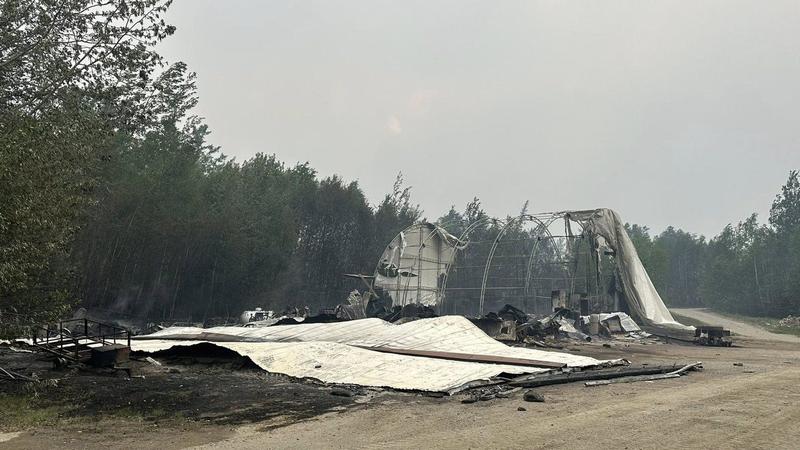
UPDATE: Upwards of 15,000 people flee Saskatchewan wildfires, says Premier Moe
Saskatchewan Premier Scott Moe says thousands have fled a wildfire in the province’s north, almost doubling the number of people already forced from their homes.
Speaking on a Rawlco Radio show, Moe said about 7,000 people have evacuated the town of La Ronge, nearby Air Ronge and the Lac La Ronge Indian Band. That number reached 15,000 by Tuesday afternoon.
An evacuation order was issued Monday due to an encroaching wildfire.
Some buildings, including homes, have been lost in the northern part of La Ronge, the premier said.


